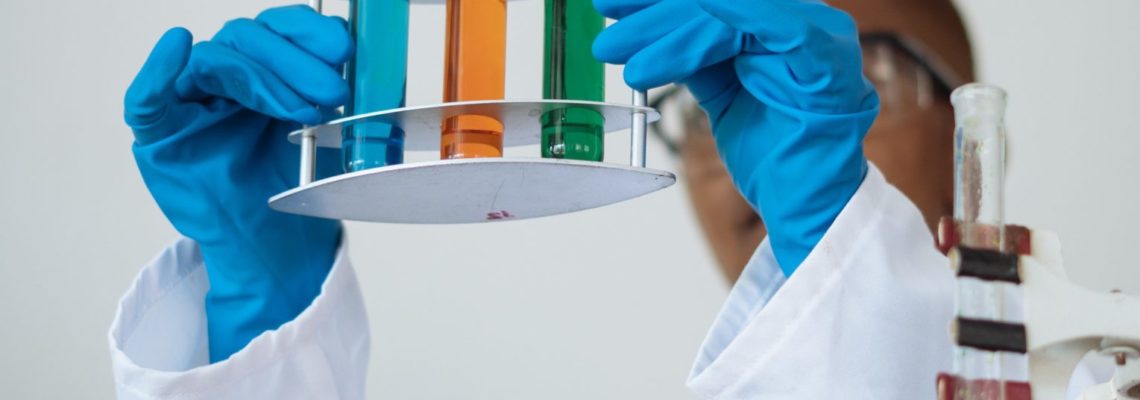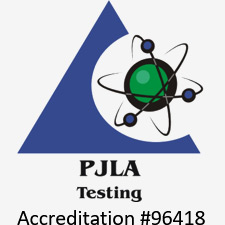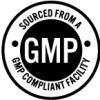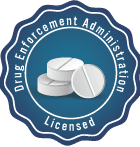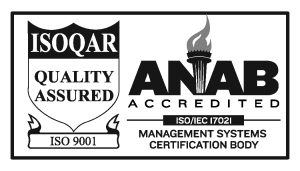Pharmaceuticals and other chemical products can potentially come into contact with thousands of other chemical species in their lifetime. Container systems for transport and storage will often have long exposure times with the product under a variety of environmental conditions. Therefore, rigorous testing for the presence of extractables and leachables is essential for both regulatory compliance and customer safety.
Extractables and Leachables Testing
Extractables and leachables testing checks for the presence of any unwanted chemicals that may have originated from the materials used to construct or store the device or product. The testing should match the realistic environments that the product will be exposed to and cover both qualitative and quantitative identification of species.
Common types of extractables and leachables include monomeric starting species, lubricants, antioxidants and surfactants. It can be very challenging during chemical synthesis and device manufacture to ensure all the necessary compounds are used up entirely or fully removed and that there are no residual species that persist throughout the manufacturing process.
Regulations for Extractables and Leachables
In the context of medical devices and ISO 10993‐12 2012, extractables are defined as being substances are released through the use of extraction solvents under exaggerated conditions. Leachables are any substances that can be released during use, regardless of whether an aggravating solvent is present.
The ISO‐10993‐12 procedure covers several levels of extraction, including simulated-use, exaggerated and exhaustive extraction, while also specifying the characteristics of solvents that must be used. Extractions must also be performed over a range of temperatures.
The Food and Drug Association already provides guidelines outlining that extractables and leachables testing should be carried out as part of 510(k) submissions for medical devices. There are also regulations that govern the acceptable levels of ‘contaminants’ that could be present in the form of extractables and leachables.
Jordi Labs Support for Extractables and Leachables Testing
Given the safety and legal implications of poor quality extractables and leachables testing, turning to experts like Jordi Labs can help you analyze your products with confidence. Jordi Labs chemists have extensive expertise in many areas of analytical testing, including extractables and leachables testing, and can provide either testing services or expert support for your products.
Some of the key areas to be addressed in extractables and leachables testing to avoid regulatory deficiencies in testing protocols include having the right analysis blanks, negative and positive controls that are suitable for the individual product at hand, as well as a validation of analytical methods. Where the whole finished device cannot be tested at once, it is important to consider how and from where samples for testing are selected.
Identifying species detected in extractables and leachables testing is often accelerated via access to a database of similar chemical compounds and is essential for regulatory compliance. In the case where extractables and leachables cannot be removed from the device, and no existing regulation has been created, a toxicologist must make an assessment of the safety levels. This relies on clear identification of the chemical species present as well as accurate quantification.
Jordi Labs has over 40 years of analytical experience, enabling them to develop and execute extractables and leachables testing, so contact us today to ensure that your biomedical products are safe and regulatory compliant.

